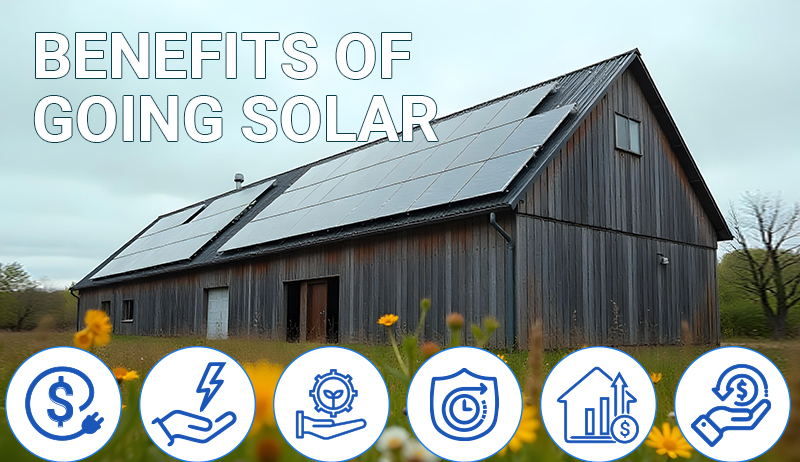Introduction Reykjavik: Pioneering Sustainability
Sustainable city Reykjavik Located in the breathtaking landscapes of Iceland, Reykjavik stands as a beacon of sustainable living and innovation. As the world grapples with the challenges of climate change and urbanization, this vibrant city has emerged as a shining example of how a sustainable city can thrive.
its commitment to renewable energy, eco-friendly transportation, and green spaces, Reykjavik has become a global leader in sustainable urban development.
Outlook Reykjavik: Pioneering Sustainability
Renewable Energy Revolution
One of Reykjavik’s most notable achievements is its reliance on renewable energy sources.
The city draws almost 100% of its electricity and heating from renewable resources, primarily geothermal and hydroelectric power. The abundant geothermal energy in Iceland allows for efficient heating and hot water production, significantly reducing the city’s carbon footprint. By embracing renewable energy, Reykjavik has set a precedent for other cities to follow in the quest for a greener future.
Green Transportation Networks
Reykjavik encourages sustainable transportation options to reduce traffic congestion and emissions. The city has implemented an extensive network of cycling paths, making it easy and safe for residents to commute by bike. In addition, the public transportation system, including buses and trams, is well-developed and accessible, offering an alternative to private vehicles. By prioritizing these eco-friendly modes of transportation, Reykjavik has improved air quality and reduced noise pollution.
Preserving Nature Within the City
Reykjavik takes great pride in its efforts to preserve and incorporate nature into the urban environment. The city boasts numerous parks and green spaces, providing recreational areas for residents and visitors alike. Tjörnin, a picturesque lake in the heart of Reykjavik, serves as a sanctuary for various bird species and is a popular spot for locals to relax. Additionally, the city has dedicated substantial areas for urban farming, promoting sustainable food production and community engagement.
Waste Management and Recycling
Reykjavik has implemented a comprehensive waste management system that emphasizes recycling and waste reduction. The city has set ambitious goals to minimize waste generation and increase recycling rates. Residents are encouraged to sort their waste into different categories, including organic waste, recyclables, and residual waste. The city also provides recycling bins throughout public spaces, ensuring easy access for everyone. Through these efforts, Reykjavik is reducing landfill waste and promoting a circular economy.
Inclusive and Sustainable Architecture
Reykjavik’s commitment to sustainability extends to its architecture and urban planning. New buildings are designed with energy-efficient features, such as advanced insulation, solar panels, and smart lighting systems.
The city also promotes green building certifications and standards to ensure that new developments meet strict sustainability criteria. By prioritizing sustainable architecture, Reykjavik is creating a cityscape that harmoniously blends with its natural surroundings while reducing energy consumption.
Reykjavik has established itself as a model for sustainable city development, showcasing the possibilities and benefits of embracing environmentally friendly practices. Through its reliance on renewable energy, green transportation networks, preservation of nature, waste management initiatives, and sustainable architecture, Reykjavik serves as an inspiration to cities worldwide. As the world faces the urgent need to combat climate change, Reykjavik’s journey towards sustainability offers valuable lessons and encouragement for others to follow suit.
https://www.exaputra.com/2023/06/reykjavik-pioneering-sustainability-in.html
Renewable Energy
Doing What’s “Right” Is More Controversial than it Seems
 Some of us are looking for a single, simple statement to encapsulate what is going so wrong in America today, and perhaps it relates to what Aristotle says at left here.
Some of us are looking for a single, simple statement to encapsulate what is going so wrong in America today, and perhaps it relates to what Aristotle says at left here.
Even the MAGA folks think that what they’re doing is “right.” By this I mean white supremacy, mass deportation of immigrants (with or without due process), the rejection of science, and so forth.
Renewable Energy
Trump’s Agenda Is Even Far-Reaching Than People May Think
 As Trump’s former lawyer Ty Cobb says at left, in addition to turning the United Stated into an autocratic regime, at the same time, Trump needs to alter history such that future generations don’t think he did anything wrong.
As Trump’s former lawyer Ty Cobb says at left, in addition to turning the United Stated into an autocratic regime, at the same time, Trump needs to alter history such that future generations don’t think he did anything wrong.
Yes, he has his hands full, but he’s assisted by hundreds of traitors in congress, and hundreds of millions of hateful morons in the U.S. electorate.
Renewable Energy
Victoria’s VEU Scheme Introduces New Solar Incentives for C&I Properties
-
Climate Change2 years ago
Spanish-language misinformation on renewable energy spreads online, report shows
-
Climate Change Videos2 years ago
The toxic gas flares fuelling Nigeria’s climate change – BBC News
-
Climate Change2 months ago
Guest post: Why China is still building new coal – and when it might stop
-

 Greenhouse Gases1 year ago
Greenhouse Gases1 year ago嘉宾来稿:满足中国增长的用电需求 光伏加储能“比新建煤电更实惠”
-

 Climate Change1 year ago
Climate Change1 year ago嘉宾来稿:满足中国增长的用电需求 光伏加储能“比新建煤电更实惠”
-
Greenhouse Gases2 months ago
Guest post: Why China is still building new coal – and when it might stop
-

 Carbon Footprint1 year ago
Carbon Footprint1 year agoUS SEC’s Climate Disclosure Rules Spur Renewed Interest in Carbon Credits
-
Renewable Energy3 months ago
US Grid Strain, Possible Allete Sale
















